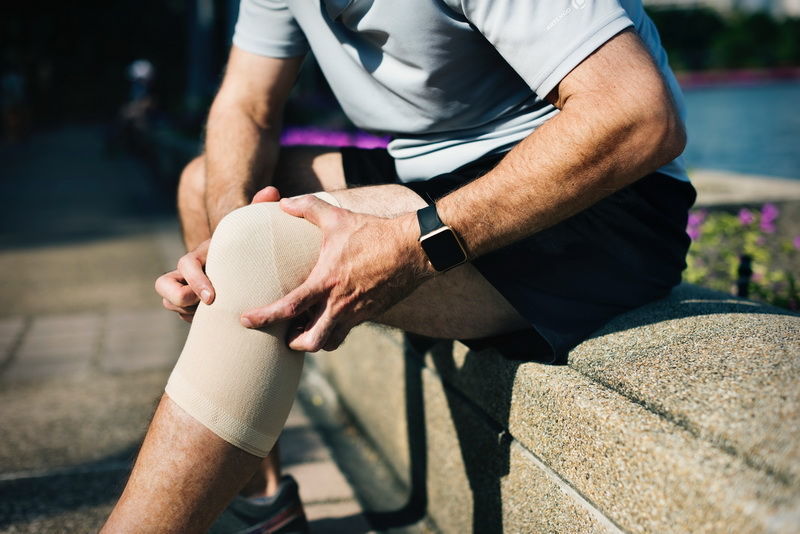What IS an ACL?
‘ACL’ stands for anterior cruciate ligament. While most of us are aware that damaging a ligament is bad news, the role of ligaments in the human body is often poorly understood. Ligaments are connective tissues which contain a high proportion of tough collagen fibres, giving them amazing strength. Depending on their location within the body ligaments can function to allow different bones to work in tandem, connect cartilage or to hold together joints.
In the case of your ACL, it is one of two ligaments which cross over at the middle of your knee, connecting your thigh and shin bones and playing a key role in stabilising your knee joint.
How Do You Know if You’ve Damaged Your ACL?
Anyone who’s suffered a severe ACL injury will tell you that you’ll certainly know about it! Many people report feeling a pop inside the knee joint when the ACL tears; this pop is often accompanied by sharp and severe pain. In the hours following the initial injury, the knee will likely experience swelling, to the extent that it can look very deformed. You may also notice bruising, as the knee joint bleeds internally.
It’s important to note that pain alone is not a sure guide to an ACL injury. If you’ve completely severed your ACL, you may experience NO pain at all. In this case however, you would find that your knee simply won’t ‘work’ when you try to stand on it. It may buckle or give way, especially with more complex tasks like climbing stairs.
ACL damage is categorised into three grades based on injury severity. If you sustain a grade I injury (mild) this means that you have sustained microscopic tears to the ligament; and at this grade, your knee should still ‘work’.
If your ACL is partially torn, this is classified as a Grade II. If it’s completely severed, it’s a Grade III. We mention these different grades to highlight the fact that you may possess some, none or all of the symptoms of an ACL injury, depending on the severity of the damage.
For this reason, if your knee doesn't ‘feel right’ in any way, and/or you are experiencing pain after playing sports, we strongly recommend you consult a doctor.
What to do if You Suspect ACL Damage
If you play contact sports like rugby, netball, basketball or hockey, it pays to know the best immediate response in the event of a suspected ACL injury. ACL injuries are incredibly common, especially in a sports-mad nation like Australia. In fact, between 2000 and 2015, almost 200,000 primary ACL reconstructions were performed in Australia.
So if you suspect an ACL injury, your first step should be to apply an ice bandage or ice pack to the injured knee and get that knee elevated.
If your knee feels at all unstable, DON’T try to power through the pain! Hop, use crutches or catch a ride from teammates.
If you suspect any type of ACL injury, as soon as possible see your doctor.
